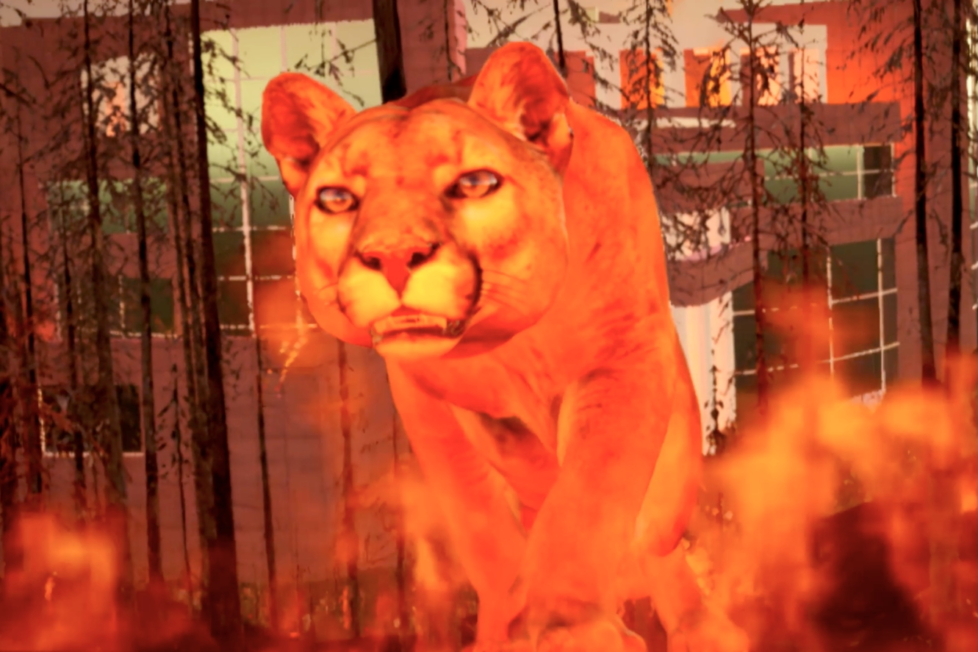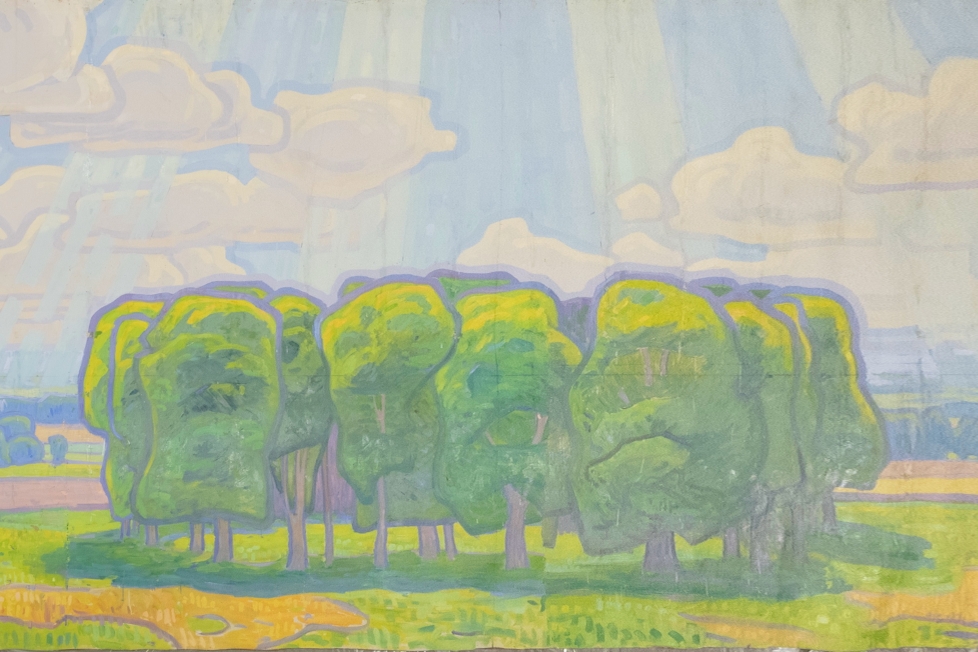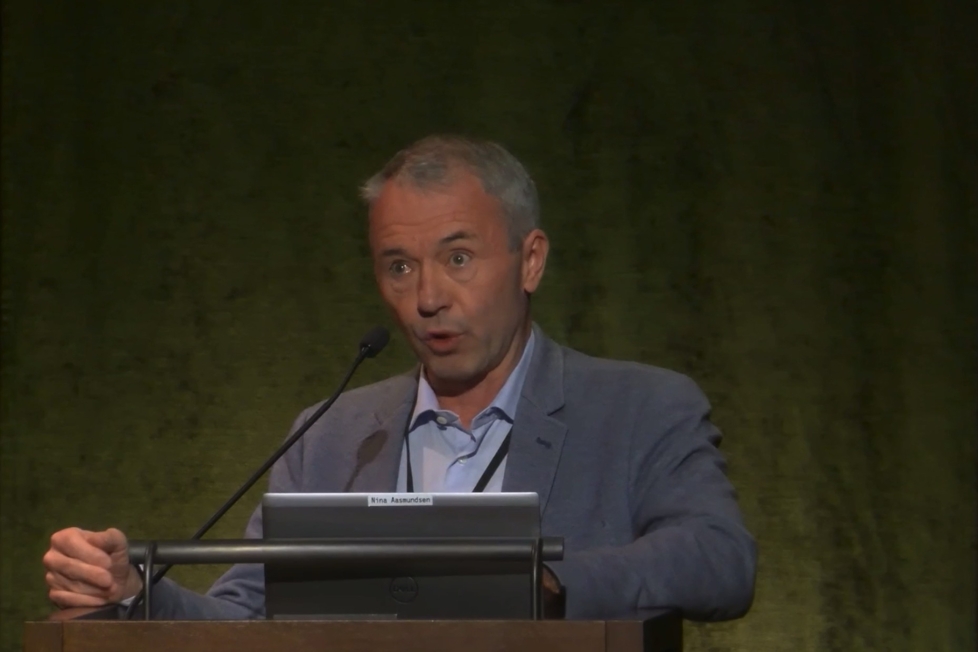
Pilvi Kalhama, the former director of the private Gallery Kalhama & Piippo (renamed Helsinki Contemporary recently), started as new director of EMMA, Espoo Museum of Modern Art, in June 2012. Over the past five years, Kalhama was successful in establishing Gallery Kalhama & Piippo in Helsinki’s contemporary art scene and it is one of the few private galleries in Finland that attends international art fairs.
Kalhama is now facing the challenging task of reprogramming the museum and establishing it internationally. EMMA opened to public in autumn 2006 and is located in Espoo, about twenty minutes from Helsinki. The grounds of the former printing house, originally designed by architect Aarno Ruusuvuori, contain over 20,000 square meters for several museums, spaces for events and cultural programming. EMMA’s exhibition space is one of the largest in Finland at over 5,000 square meters. EMMA displays its own collections, as well as temporary exhibitions of contemporary and 20th century art from Finland and abroad.

How do you define the role of a modern and contemporary art museum in the middle of the ongoing political and economic crises?
In uncertain times the role of the museum is more crucial than ever. An interesting museum is a place that brings current issues in society to the fore to be debated in public. In this respect a museum should be understood as a medium. A museum should provide people with intellectual challenges, but it is also a place for experiences and spending free time. It is an everyday luxury, but everybody should have the possibility to visit.
What is your vision of EMMA as an art institution? What kind of exhibition policy do you want to develop? How do you want to work with art audiences and other spectators?
I believe that it is possible to construct different levels narration in exhibitions, so that they are engaging for art specialists, as well as for ordinary visitors. The main question is how do you mediate exhibitions for different audiences. My vision is that EMMA will be a dynamic and central Nordic museum, recognized by an international art audience. The aim is also to collaborate with international art institutions.
Programming at the museum has to be more extensive than before: we will show exhibitions from modernism to new project exhibitions, and will curate video-screening programs, as well as thematic contemporary art exhibitions. I want to work with emerging artists as well. I am also interested in commissioning new pieces from artists. Furthermore, it is crucial that parallel exhibitions at EMMA are in dialogue with one another.

There have been solo exhibitions by artists such as Maaria Wirkkala from Finland, Yang Fudong from China, Sophie Calle from France and Shirin Neshat from Iran/USA at EMMA. Who are some Finnish and international artists you would like to exhibit in the future?
There are many of them. Programming is still an on-going process; we are planning concepts and themes currently, so it is too early to think about single exhibitions. There are many remarkable contemporary artists, such as Olafur Eliasson, Tacita Dean, Per Maning or Renée Green, to mention just a few, whose work I respect greatly. For artists like these, the former industrial space of EMMA can be an interesting venue for site-specific works. On the other hand, artist selection can be based on being part of EMMA’s collection, such as William Kentridge.
What have been the strengths and the weaknesses of EMMA since it opened?
EMMA has a good image because of the international art it has exhibited. EMMA also has good resources. In my opinion EMMA’s exhibition profile has to be more courageous, fresh and diverse. You cannot take the current situation for granted; in order to have more influence in society, we need more resources, which is a challenge at the current juncture.
How do you position EMMA as a modern art museum in Espoo in relation to other museums in Finland – for example, in relation to Kiasma, Museum of Contemporary Art in Helsinki?

EMMA’s large exhibition space gives it the possibility of hosting large-scale exhibitions. Since EMMA is not located in the city center, people also spend a long time in exhibitions, according to visitor questionnaires. The collection is unique in Finland. Especially for a foreign audience, the permanent collection provides an international context for experiencing Finnish art. Perhaps the most important difference with Kiasma is that at EMMA a visitor always experiences something familiar she recognizes from history. Parallel to that we exhibit contemporary art, which creates new challenges for spectators. This combined with impressive architecture makes a visit into a holistic experience.
What are some Nordic and international museums that have served as reference points for you in developing EMMA?
Louisiana in Denmark is a good example of a successful museum that is located outside of the city center. Examples like that show that people are interested in art – you just have to know how to get people to travel a relatively short distance.
The proposal to build a Guggenheim museum in Helsinki caused a heated debate this spring. The Helsinki city council voted against building it for now. In your opinion, what kind of art actors will the greater Helsinki region need?
One should understand and invest in what is unique to Finland. There is a lot of talk here about innovation, but if we want to have something that already exists elsewhere, we actually support imitation. Helsinki needs to be more international and collaborate more internationally, but at the same time we need the courage to create something of our own. I am glad to be the director of a museum with unique architecture, and I hope that the content and concepts created by EMMA will be experienced in such a dynamic way that it will be an interesting collaboration partner internationally.
If you think about developments in contemporary art and contemporary art institutions in Finland over the past ten to fifteen years, how does the situation look from a Nordic and international perspective? What are some negative and positive developments?

Many things have progressed in the field of art. It is, for example, more heterogeneous; there are more art actors and the gallery scene is more developed and diverse. Almost all Finnish artists work internationally. Currently I would like to see more collaboration between Nordic and Baltic art institutions. That would create more working opportunities for artists. I am longing for times of more active Nordic collaboration.









Having read this I believed it was really enlightening. I appreciate you spending some time and energy to put this content together. I once again find myself personally spending a lot of time both reading and commenting. But so what, it was still worthwhile!